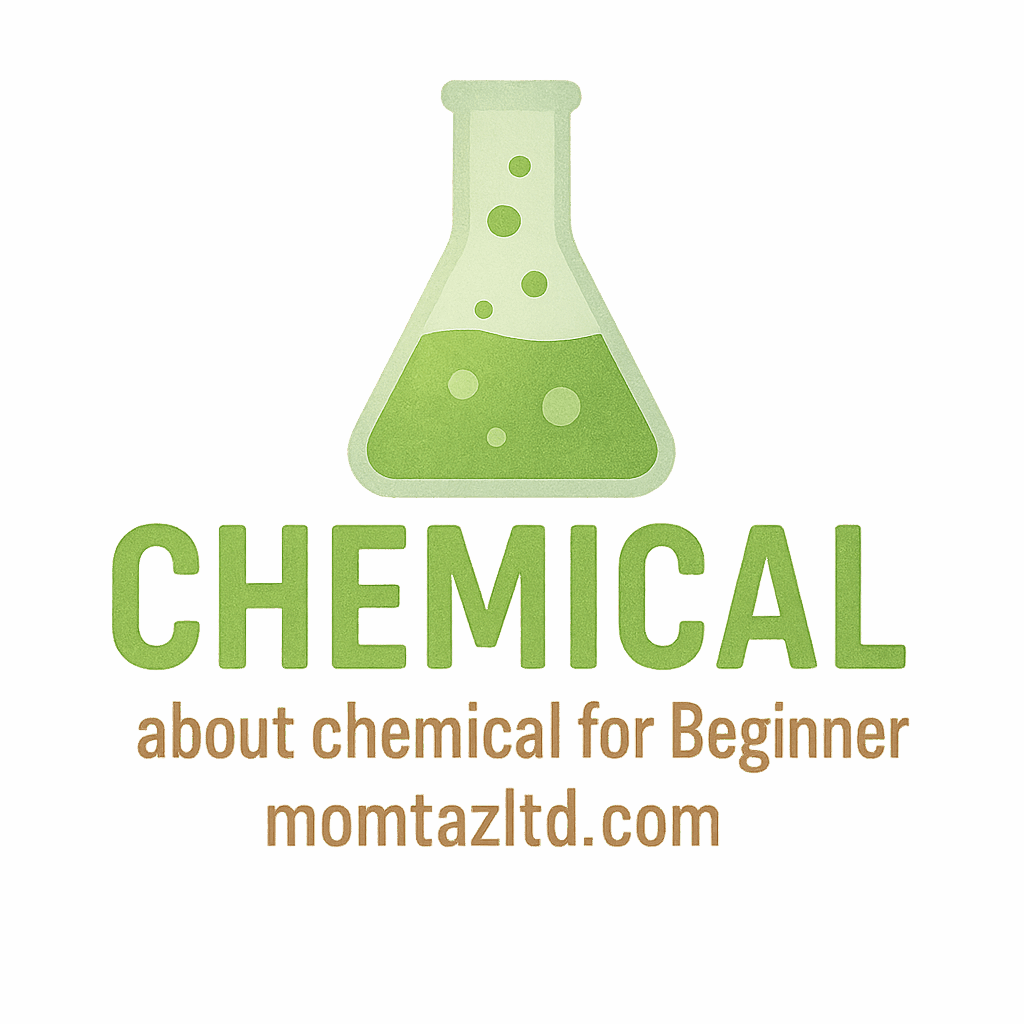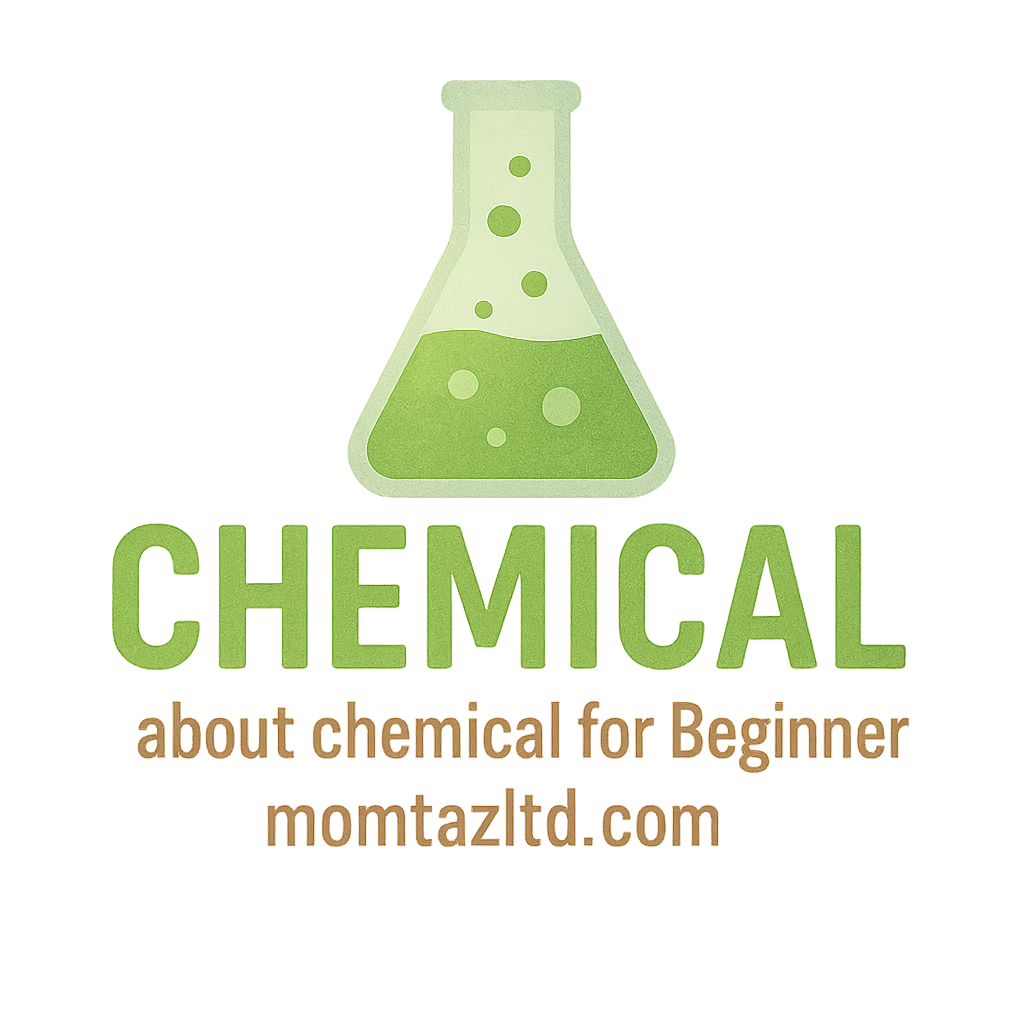Why Industrial Chemical Regulations Matter
The handling of industrial chemicals is essential for the success of many industries, from manufacturing to agriculture. However, improper use, storage, and disposal of chemicals can have catastrophic consequences. That’s where industrial chemical regulations come in. They serve as safeguards for both human health and the environment, ensuring that chemical substances are managed responsibly.
These regulations are designed to:
- Protect Workers: They ensure that workers who come into contact with industrial chemicals are protected from exposure to harmful substances.
- Prevent Environmental Damage: Regulations help prevent chemical spills and leaks, which could severely damage ecosystems.
- Ensure Public Safety: Proper regulation helps ensure that dangerous chemicals don’t reach consumers or the environment without being properly contained.
Let’s explore eight key regulations that every business handling industrial chemicals must adhere to.
1. Hazard Communication Standard (HCS)
The Hazard Communication Standard (HCS) is one of the most important regulations when it comes to ensuring safety in workplaces handling hazardous chemicals. Enforced by the Occupational Safety and Health Administration (OSHA), this standard outlines how companies must communicate the hazards associated with chemicals to their employees.
Labeling and Safety Data Sheets (SDS)
Under the HCS, chemicals must be properly labeled with clear hazard warnings. Additionally, businesses are required to maintain Safety Data Sheets (SDS) for each chemical, which provide critical information such as:
- Chemical properties
- Health hazards
- Handling and storage instructions
- First-aid measures
The goal is to provide employees with the information they need to safely work with chemicals.
2. Occupational Safety and Health Administration (OSHA) Regulations
OSHA regulations are a cornerstone of workplace safety, especially in environments where chemicals are prevalent. OSHA provides comprehensive guidelines for the safe handling, storage, and disposal of industrial chemicals. These regulations cover everything from ventilation systems to employee training programs and emergency response procedures.
Personal Protective Equipment (PPE)
One of OSHA’s critical contributions is the requirement for appropriate Personal Protective Equipment (PPE), such as gloves, respirators, and eye protection. OSHA’s guidelines ensure that employees are equipped with the necessary tools to protect themselves from exposure to hazardous chemicals.
3. Environmental Protection Agency (EPA) Chemical Regulations
The Environmental Protection Agency (EPA) is another key player in regulating industrial chemicals. The EPA works to ensure that chemicals are used in a way that minimizes their impact on the environment. This includes setting limits on the release of certain chemicals into the air, water, and soil.
Risk Management Plans (RMP)
Under the Clean Air Act, certain chemical facilities are required to develop Risk Management Plans (RMP). These plans outline what steps will be taken in the event of a chemical spill or leak, and they include safety measures for preventing such incidents. Industries are also required to conduct regular drills and maintain records of any incidents.
4. The Chemical Facility Anti-Terrorism Standards (CFATS)
The Chemical Facility Anti-Terrorism Standards (CFATS) is a set of regulations created by the Department of Homeland Security (DHS) to protect against potential terrorist attacks on chemical facilities. CFATS regulations aim to reduce the risks associated with industrial chemicals that could be used in acts of terrorism.
Compliance and Penalties
Facilities handling high-risk chemicals must comply with CFATS requirements, which include implementing security measures such as:
- Access control systems
- Employee background checks
- Surveillance systems
Failure to comply with CFATS can result in substantial fines and, in severe cases, the shutdown of operations.
5. Transportation of Hazardous Chemicals (DOT Regulations)
The Department of Transportation (DOT) regulates the movement of hazardous chemicals by road, rail, sea, and air. DOT regulations are crucial for preventing accidents during transportation and ensuring that chemicals are transported safely to their destination.
Shipping, Labeling, and Documentation
The DOT requires that hazardous chemicals be properly labeled, with clear identification of their nature and risks. Additionally, companies must maintain accurate shipping documentation, including manifests and bill of lading, which ensure that the chemical’s contents and hazards are disclosed during transit.

6. Toxic Substances Control Act (TSCA)
The Toxic Substances Control Act (TSCA) is a United States federal law that regulates the introduction of new chemicals into the market. The TSCA is designed to minimize the risks of toxic chemicals by requiring manufacturers to provide information about their chemicals before they are introduced to commerce.
Testing and Reporting Requirements
The TSCA mandates that companies must test chemicals for their potential risks and report their findings to the Environmental Protection Agency (EPA). The EPA can then assess whether the chemical presents a risk to human health or the environment.
7. Food and Drug Administration (FDA) Chemical Regulations
The Food and Drug Administration (FDA) regulates chemicals that come into contact with food, drugs, and cosmetics. These regulations are vital to ensure that chemicals used in the food industry, for example, do not contaminate products or harm consumers.
Chemical Additives and Contaminants
The FDA’s role in regulating chemicals includes overseeing the safety of food additives, preservatives, and flavor enhancers. It also sets strict limits on chemical contaminants in food products to prevent harmful exposures.
8. International Chemical Safety Standards
As globalization continues to increase, many industries are working in multiple countries. In response, various international organizations have developed global standards to regulate chemical use, handling, and safety.
REACH (Registration, Evaluation, Authorization, and Restriction of Chemicals)
One of the most significant international chemical safety standards is REACH, a regulation created by the European Union (EU). REACH mandates that chemicals used within the EU be thoroughly tested for safety and that manufacturers register their chemicals with the European Chemicals Agency (ECHA).
Conclusion
Adhering to industrial chemical regulations is not just a legal obligation—it is a moral responsibility to protect workers, consumers, and the environment. Each of the eight regulations covered in this article plays a crucial role in ensuring that chemicals are managed safely and responsibly. By understanding these regulations and implementing them, companies can avoid costly fines, legal issues, and, most importantly, prevent harm to people and the planet.
Frequently Asked Questions (FAQs)
- What is the Hazard Communication Standard (HCS)?
The HCS requires employers to inform employees about chemical hazards through labeling, SDS, and proper training. - How does OSHA contribute to chemical safety?
OSHA provides guidelines on workplace safety, including the use of personal protective equipment (PPE) for handling hazardous chemicals. - What is the EPA’s role in industrial chemical regulation?
The EPA works to minimize the environmental impact of chemicals through regulations on air, water, and soil pollution. - What is the Chemical Facility Anti-Terrorism Standards (CFATS)?
CFATS regulates the security of chemical facilities to prevent terrorist attacks involving hazardous chemicals. - How are hazardous chemicals transported safely?
The DOT regulates the safe transportation of chemicals through labeling, documentation, and packaging standards. - What is the Toxic Substances Control Act (TSCA)?
TSCA regulates the introduction of new chemicals into the market, ensuring they are tested for safety before use. - What is REACH?
REACH is a European Union regulation that requires manufacturers to register and evaluate chemicals for safety before use in the EU.
For more detailed information on chemical safety, visit Momtaz Ltd.


